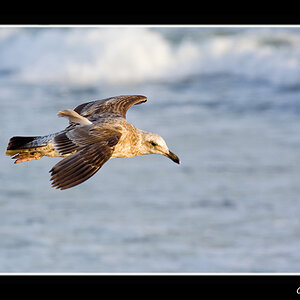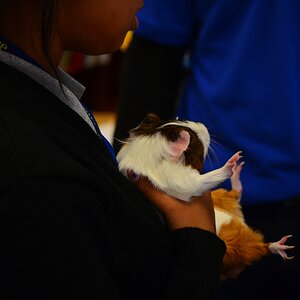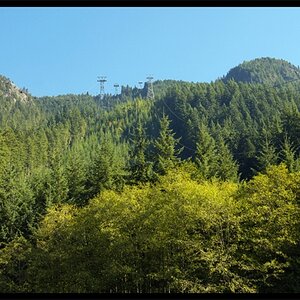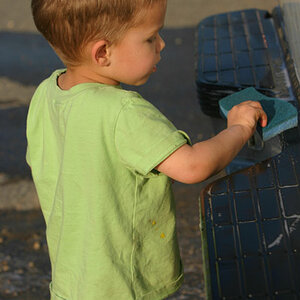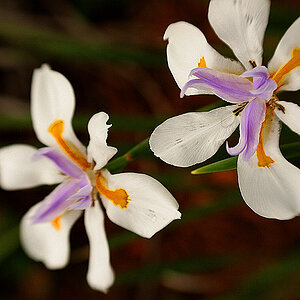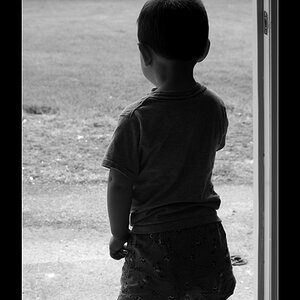Bend The Light
No longer a newbie, moving up!
- Joined
- Jun 8, 2010
- Messages
- 2,591
- Reaction score
- 375
- Location
- Barnsley, Oop-Nooerth, UK
- Website
- www.flickr.com
- Can others edit my Photos
- Photos OK to edit
To me, those pics still look like garbage. The detail I would expect just isn't there. And forget trying to trim the pic, the detail just gets worse.
Here's a great thread from another forum on macro setups and technique:
Macrophotography by LordV - Canon Digital Photography Forums
Lord V (Brian Valentine) is also a contact on my Flickr, so you could have a look there and make a contact with him and see his work. He does sometimes use an MPE 65 macro lens, though, which gives magnificant magnification!
Another guy to look up is Thomas Shahan...again on my Flickr as one of my contacts. He is a phenominal macro photographer and uses mainly basic, cheap, and homemade kit. He's just been published in National Geographic, too.
Above all, there is more often than not someone doing much better macro than you or me. Don't get disheartened when you see their images...note that they have been doing it a while and have perfected their craft, often with worse equipment than you.


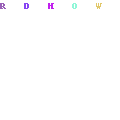
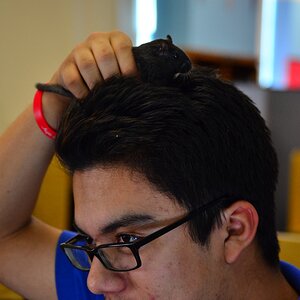
![[No title]](/data/xfmg/thumbnail/39/39292-4169a355b794ae9735845c4ad45d06ff.jpg?1619738958)
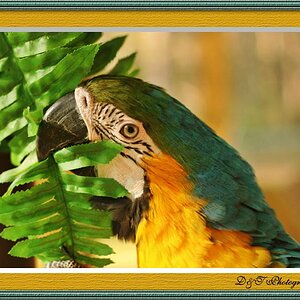
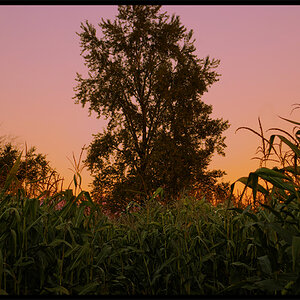
![[No title]](/data/xfmg/thumbnail/30/30873-79f4c5bc298110a994e9eed027728db8.jpg?1619734490)

